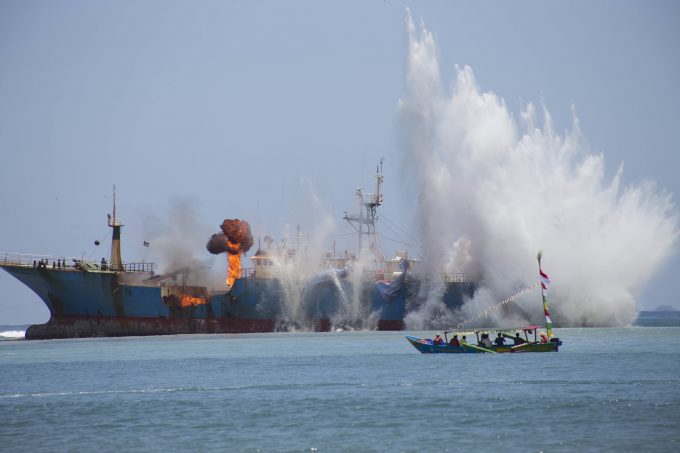Ambitious plans to revive US shipbuilding sector come under fire
US shipbuilding ambitions have observers scratching their heads on the viability, funds required, and their ...

The accelerating decline of container spot rates is proof of a downturn in the market, according to one of the industry’s most respected analysts.
Vespucci Maritime’s Lars Jensen was referring to the rapid reversal in price direction on the Asia to US west coast and Asia-North Europe tradelanes, which saw their components in Drewry’s WCI index shed another 6% and 5%, respectively, this week.
“This clearly signals a weakness in the market, especially as we ought to be in the midst of ...
Maersk u-turn as port congestion increases across Northern Europe
Apple logistics chief Gal Dayan quits to join forwarding group
Maersk Air Cargo sees volumes fall as it aims for 'margin in favour of revenue'
Airlines slash freighter capacity post-de minimis, but 'the worst is yet to come'
Houthis tell Trump they will end attacks on Red Sea shipping
Transpac rates hold firm as capacity is diverted to Asia-Europe lanes
MSC revamps east-west network as alliance strategies on blanking vary
India-Pakistan 'tit-for-tat' cargo ban sparks sudden supply chain shocks

Comment on this article